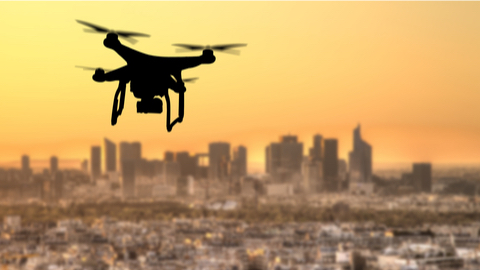
A team of researchers based at Aalto University (Finland), UCLouvain (Belgium), and New York University (USA) is gathering extensive radar measurement data with the goal of improving the detection and identification of unmanned aerial vehicles (UAVs). Such detection and identification is of particular importance amid concern about malicious use – such as potential terrorist attacks.
The researchers measured various commercially-available and custom-built drones’ Radar Cross Sections (RCS) – which indicate how targets reflect radio signals. RCS signatures can help identify the size, shape and material of a drone.
“We measured drones’ RCS at multiple 26-40GHz millimeter-wave frequencies to better understand how drones can be detected, and to investigate the difference between drone models and materials in terms of scattering radio signals,” said research author, Vasilii Semkin. “We believe that our results will be a starting point for a future uniform drone database.”
Their measurement data is publicly-accessible and could be used in the development of radar systems, as well as machine learning algorithms for more complex identification. This would increase the probability of detecting UAVs and reducing false detections. The measurement data can be accessed here: https://ieee-dataport.org/open-access/drone-rcs-measurements-26-40-ghz.
“There is an urgent need to find better ways to monitor drone use. We aim to continue this work and extend the measurement campaign to other frequency bands, as well as for a larger variety of drones and different real-life environments,” said Semkin.
The team suggests that 5G base stations could be made in the future for surveillance.
“We are developing millimeter-wave wireless communication technology, which could also be used in sensing the environment like a radar. With this technology, 5G-base stations could detect drones, among other things,” said professor Ville Viikari from Aalto University.
